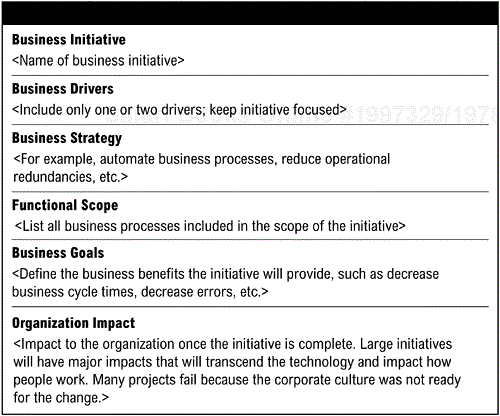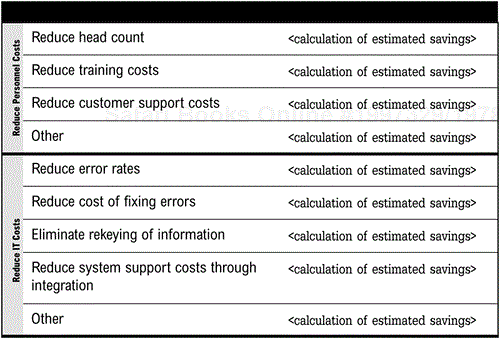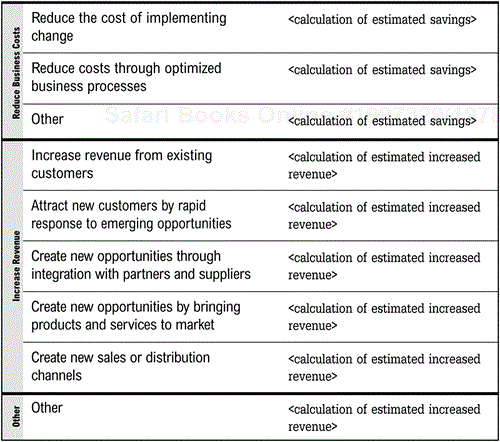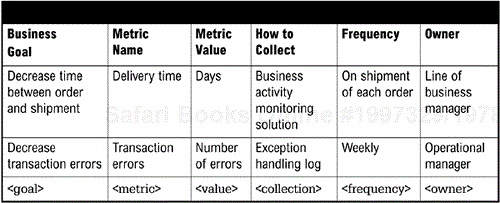<ENTERPRISE NAME>
<PLACE LOGO HERE>
<author><version><revision date>
This is a template for the Business Drivers and Requirements Specification. This page should be removed prior to publication of the specification. The template is a guide for the enterprise and should not be blindly followed. The organization should
Review the chapter in the book that refers to the template to understand its use.
Examine the template outline and determine what additions might be necessary based on unique organizational needs.
If absolutely necessary, remove any sections that will not apply. (The authors strongly discourage this practice.)
Save the template for future use.
Begin to develop the document.
Guidance is given for preparation of the document throughout the template.
Text shown as normal text should be used in the document. It may be modified as necessary.
Text shown in pointed brackets is either instructional guidance in the application of the document or a description of the type of information to be added and should be removed prior to publication.
Headers and footers should be customized as necessary as a final step in the completion of the document.
Business Drivers and Requirements Specification
The Business Drivers and Requirements Specification is the document that defines the drivers, goals, scope, and metrics that measure success, potential business benefits, and ROI of the investment.
<The introduction should be a short executive overview of the specification. In addition, any special aspects of the project should be addressed, including the sponsoring organizations and business champion. A history of the initiative would be helpful as well. At the end of this section the reader should have an understanding of how the business drivers and requirements evolved.>
<This section defines the scope of the Business Drivers and Requirements Specification, specifically whether it is enterprise wide, or for a specific business unit or business initiative.>
<This section identifies all stakeholders in the requirements process, including business managers, the sponsoring organizations and business champions, and the owner of the proposed initiative.>
<The Statement of Purpose is a succinct specification used to communicate the business goals and functions of the initiative. It makes the business case for the initiative. It does not include implementation of technology.>

<This section lists high-level costs and an estimated time frame. Costs at this point should be a rough order of magnitude and used for budgeting purposes and estimating ROI. It must be understood that these will be refined in the follow-on phase with the next level of detail.>

<This section documents the potential or expected ROI for the business initiative under consideration. You can use the template to guide your assessment of an ROI for the integration initiative.>


<Metrics are used to measure the success of the initiative and are created by turning business goals into measurable KPIs. For each goal there can be more than one metric.>

<The risks are a collection of everything that can or might go wrong. It may also include a list of assumptions that might be wrong or need further information to be validated. With each risk should be associated a plan to mitigate the risk and the owner of the risk.>

<The appendix should list any reference documents used in the creation of the document so that its contents can be traced back to their sources if necessary. This should be broken down into internal documents and external documents. Internal documents are those that belong to the organization. External documents are items such as articles, whitepapers, Web sites, or product documentation.>
